Growing Avocados In Containers |
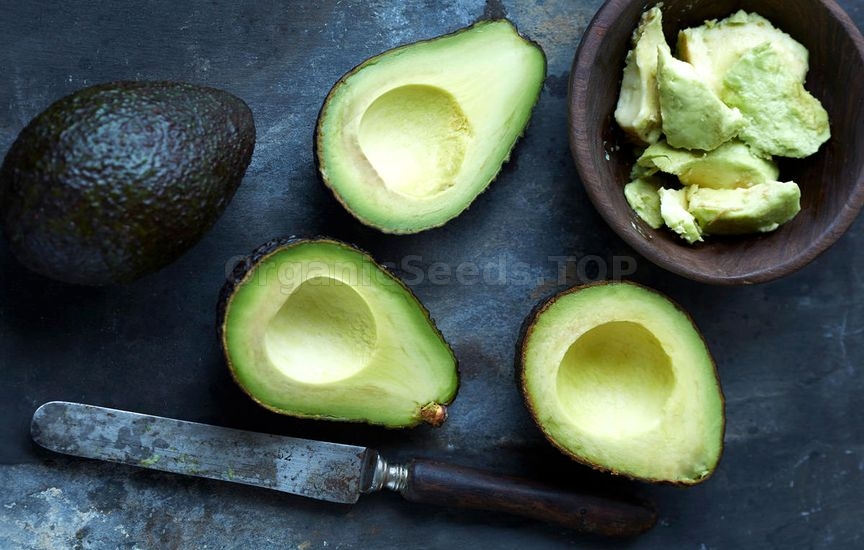 Avocado trees most likely originated in Southern Mexico and were cultivated for centuries before North America was colonized. The pear-shaped fruits are a delicious, rich food that make an excellent condiment or eat alone addition to your diet. The trees are warm season plants, easily damaged by cold and frost. That said, northern gardeners must learn how to grow an avocado houseplant in order to enjoy fruits grown at home. Can Avocado Trees Grow Indoors?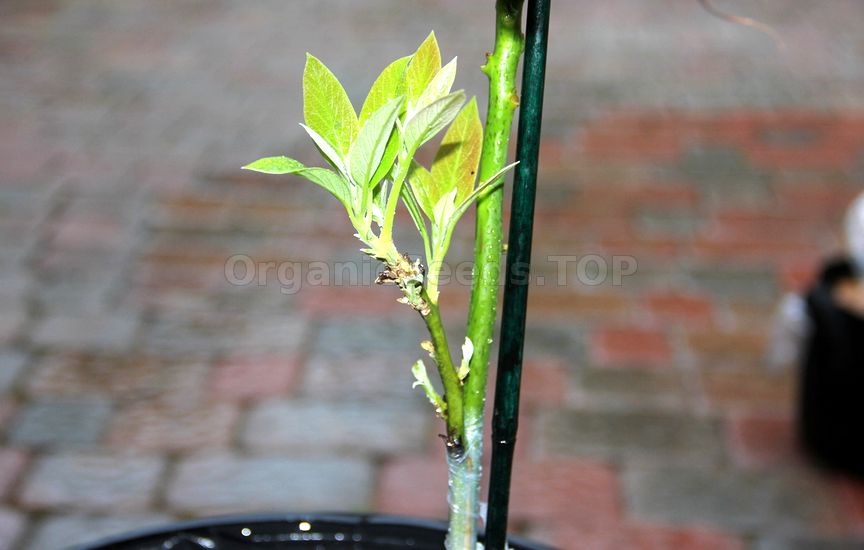 Avocado trees can reach 80 feet in height. Most plants do poorly where freezing temperatures may occur. Gardeners in United States Department of Agriculture zones 8 and below should be wary of trying to grow these trees as outdoor plants. This fact leads to the question, “Can avocado trees grow indoors?” The simple answer to this question is yes. In fact, there are several dwarf varieties, which can help the cold and temperate season gardener produce the healthy fruits in their own home.
How to Grow an Avocado Houseplant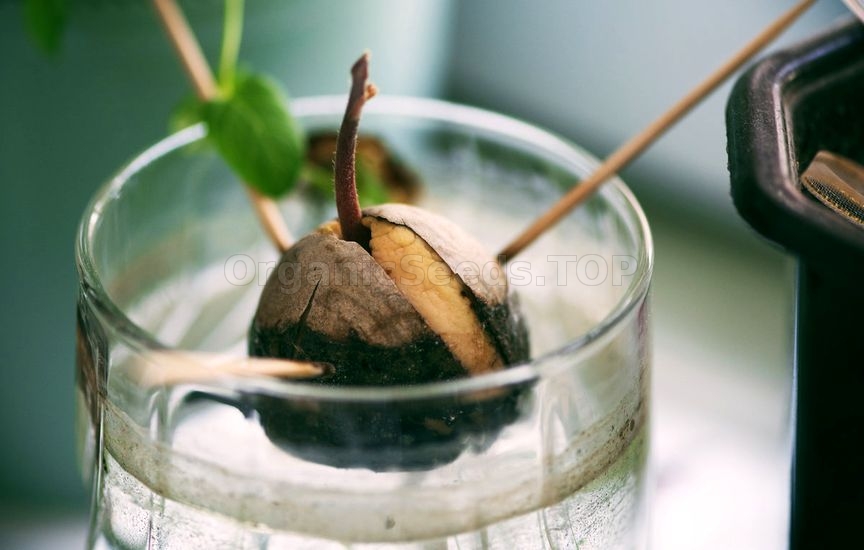 Avocado growing indoors can start with a pit but is most successful with a healthy grafted dwarf tree. Cultivated avocados are grown from compatible rootstock. A plant produced from a seed is less likely to produce fruit, but it will make a lovely tree. Remove the pit from a ripe avocado and rinse off any excess flesh. Push a network of toothpicks into the pit and suspend it on top of a glass of warm water.
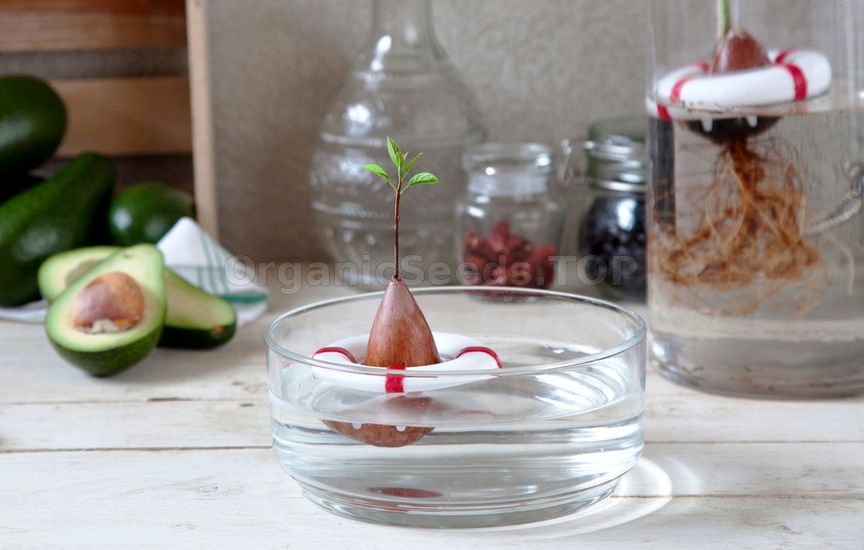 The pit should dip an inch or so into the water at the dented or dimpled end. Place the glass in bright light where temperatures are at least 65 degrees Fahrenheit (18 C.). Change the water frequently. Soon the pit will produce roots, which will grow down into the water. Eventually, stems and leaves will sprout. When the roots fill much of the glass, it is time to transplant to a pot. Growing Avocados in Containers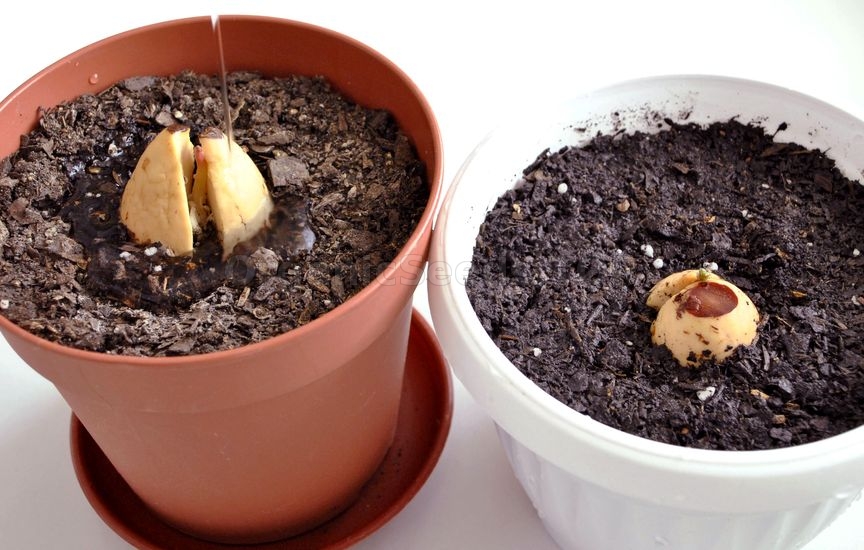 Avocado growing indoors is fun and easy. Move the sprouted pit to an unglazed terra cotta pot that is at least 10 inches across and twice as deep as the roots. Use a potting mix with compost blended with sand for a loose, fast-draining composition. Growing avocados in containers indoors also requires bright light.
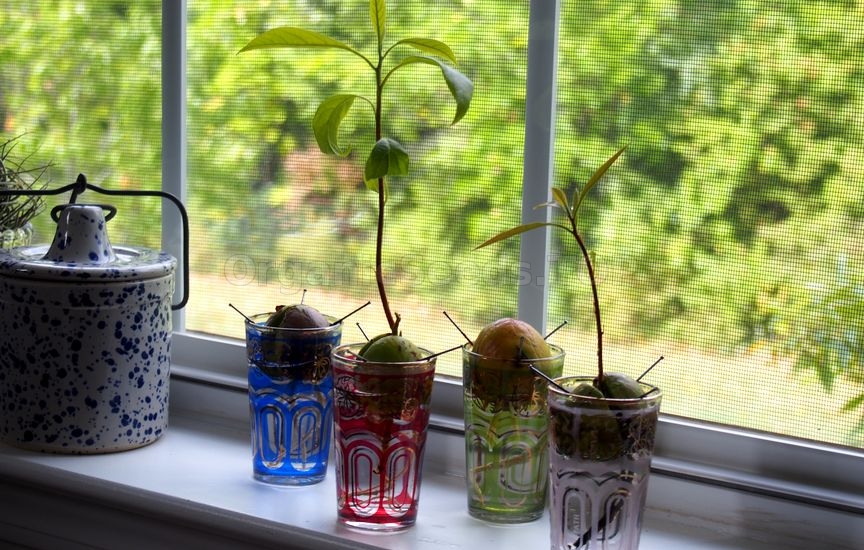 A plant will get straggly without adequate light. Pinch off excess growth at first to promote a bushier, stronger plant. Do not expect fruit when growing avocados in containers. Indoor plants need cool nights to force blooming and fruiting. They can also take up to ten years to get to fruiting stage. If you do get fruit, the flavor is not as good as those commercially produce from rootstocks. When to Harvest Avocados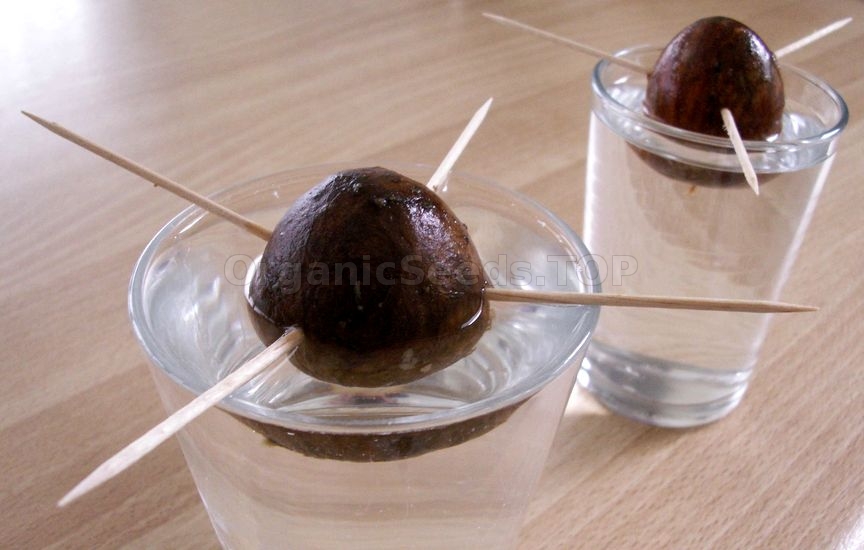 An evergreen tree in the family Lauraceae, avocado trees bear fruit that can be round, oblong or pear shaped. The skin texture may be woody, pliable, smooth, or rough and of a greenish-yellow, reddish-purple, purple or black color. That’s because there three types of avocado: Mexican, Guatemalan and West Indian, each with its own unique characteristics.  Knowing when it’s avocado harvest time depends on the variety of avocado as well as the region it is being grown. For example, ‘Haas’ avocados are the most commonly cultivated cultivar and they are generally ready for harvest in February but can go as late as September. It greatly varies depending upon the weather, fertilization and even bearing pattern of the tree. The home gardener generally begins picking avocados when a few of the mature or full grown fruits have dropped.  This is not a reliable guide for how to tell if an avocado is ripe, however, as the extended flowering of the fruit results in different stages of maturity on the tree at any one time. This is not to say that the largest fruit should not be picked first. When avocado picking, do pick the largest first as they are usually the most mature and will ripen in one to two weeks at room temperature. |
|
|
